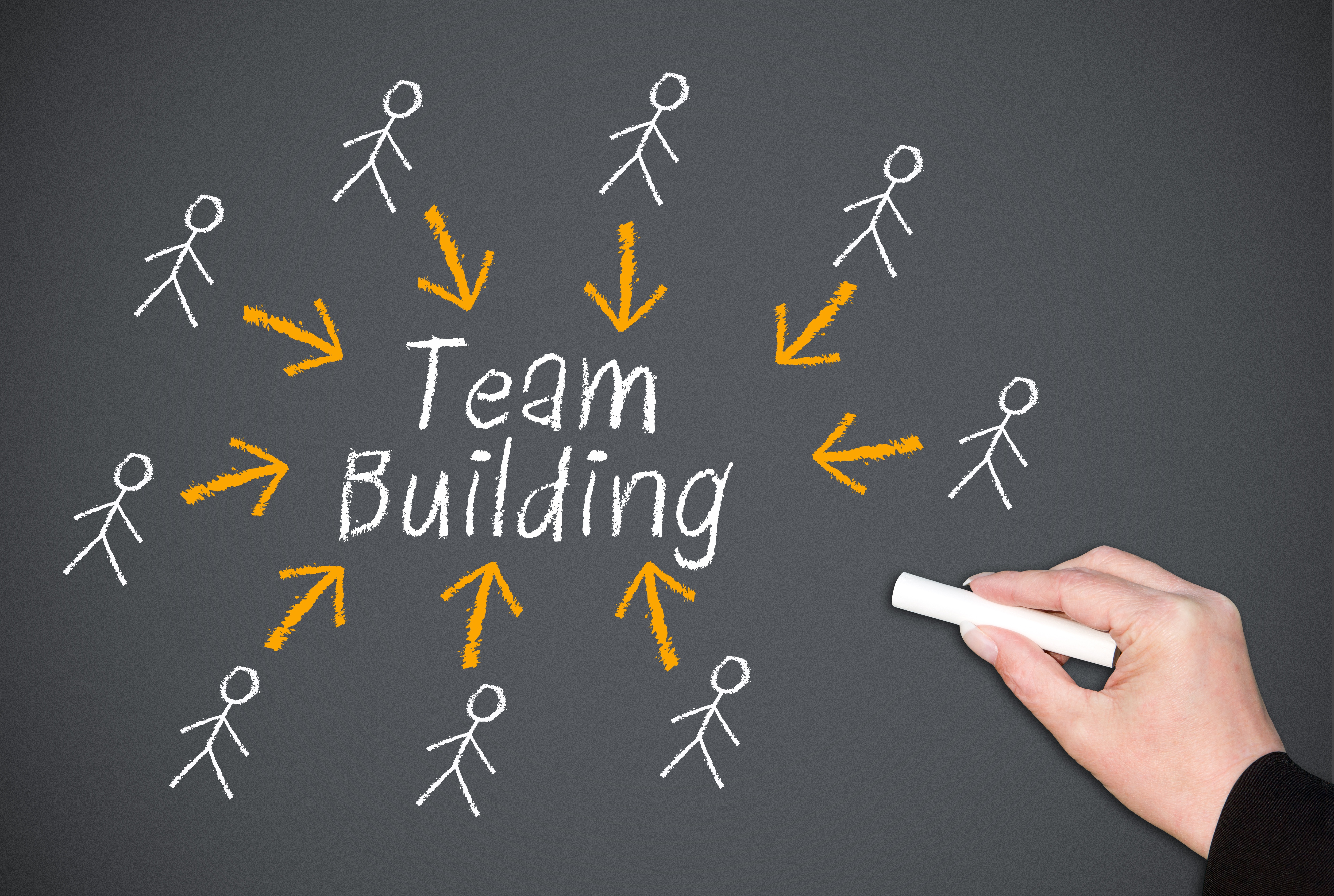In today’s business life, talking about motivation is as basic as talking about management. All leaders/managers of all levels know quite well the immensity of having a workforce motivated and ready to do the job. It is most likely that you will find motivated and competent caliber mentioned as an important milestone in the statement of direction, mission statement or any statement of goals in modern corporations.
Given the importance of motivation, every leader is aware of the fact that he has to balance between needs and capabilities; between what the organization needs from its staff and what they are actually capable of doing. Talking about capabilities and needs would drag us to a lengthy discussion about the practices of selecting the right person and creating the appropriate base of talents, which is not in fact our focus in this article.
Starting from middle layers and moving upwards, the managers/leaders are concerned with creating and maintaining a well-motivated workforce. Recent studies show that the impact of demotivated and dissatisfied employees costs the US economy roughly 360 billion USD because of lost productivity. So, as a manager you should have an ongoing motivational plan customized for each member of your team. And as a manager and trainer for the middle level and senior level of managers, I wanted to shed some light on the most common dos and donts when crafting a motivational plan:
- Do get input from employees about what they want before setting up a motivational program: Yes, motivational programs are not devised behind closed doors or late at night in the office after everyone has left. We, as managers, have to listen to our staff, create focus groups or use an online application where everyone can submit their suggestions. Study the inputs thoroughly and listen to your staff, and be careful of falling in the trap of the “me effect”. It may be surprising to you that not everyone is as thrilled as you are about the annual trip to the nearest resort for a day!
- Don’t assume that every employee reacts the same way to a given motivational drive: Well yes, the normal outcome of crafting a motivational plan is to have a plan that is not customized for each and every team member. Maybe your 27 year old female team member would appreciate a letter of recognition delivered to her in the company annual kick off, but the 35 year old with 3 children team member would probably prefer a more monetary expression for valuing his good work.
- Don’t fail to address lack of motivation as soon as you see it and do create an environment of trust: Be very alert to the behaviors of your team members and spot any signs of de-motivation and handle them right away, don’t wait for the employee to come knocking your door saying: “I think I am not motivated anymore”. The signs of de-motivation vary from one person to another, some people spend time talking badly about work and spreading negative vibes, others are silent and idle and leave as soon as they find another vacancy. The more open and transparent the communication you have with your team, the easier it is to tell when someone is down.
- Don’t assume employees are naturally motivated, that would mean you have to make a big deal of special achievements and accomplishments: We are being tricked by this a lot. We have this active employee who is creative and dynamic and needs no support to go out there and make things happen. Well, motivation wears off, like Ziglar said. It is like bathing, you need to repeat it, especially those who are self-motivated, because once it is depleted, they will feel extremely depressed and useless. Keep track of your teams achievements, recognize the effort and the results, be aware not to use the same motivational item for every situation, because it loses its weight and influence, an email of recognition would suffice when your employee receives a thank you note from a client, but achieving 400% of the set target is definitely appreciated in a more theatrical kind of way.
- Don’t keep an employee in the same job for too long: In fact, I have a story in that regard, I have a hard working and dynamic team member, but she wasn’t like that when she joined. In fact, we had many conflicts in regards to her productivity. Her layoff was pretty soon. In the final one-to-one meeting, she simply complained that she did the same trivial and simple work for almost a year and she doesn’t feel challenged at all. So, I took the not-so-logical decision back then, and gave her more challenging and complicated tasks and believe me, she is a top performer now and my first choice in a task that requires persistence and accuracy. Doing the same thing for a long time takes away the fun, diligence and eventually, the motivation.
- Don’t assume competitive pay solves motivational problems; yes, money helps, big time, in motivating people and making them ready to perform well. But, it’s not everything.
Finally, you need to keep the business environment as fun as the office rules permit, no one likes to work for 8 or 9 hours a day, 5 days a week in a place where a manager is always shouting and seniors bossing around. A fun environment doesn’t necessarily mean having a weekly office party, but you can throw a day for home cooking, same blouse/color day or watching a movie together and so forth. Create your own fun culture and you will be surprised how much people will show up fresh and ready the next day!






